You probably want to know how long does it take a mushroom to grow and what kind of time commitment they require before you start growing your own mushrooms. The time it takes to grow mushrooms is determined by several factors. The growth time of mushrooms depends on a few distinct elements, such as substrate, species, and air quality. Most mushrooms take anywhere from a week to a few months to mature completely. The mushrooms that grow the fastest are ready to be harvested in about 3 to 4 weeks. Even the slowest mushrooms reach maturity in a few months. And some take decades to know if they will even fruit.
This article discusses how fast do mushrooms grow, elements that influence mushroom growth as well as the rate at which various types of mushrooms grow. We’ll also give you tips on how to grow mushrooms faster.
So, how long does it take to grow mushrooms? Let’s find out!
How Long Does It Take For Mushrooms To Grow?
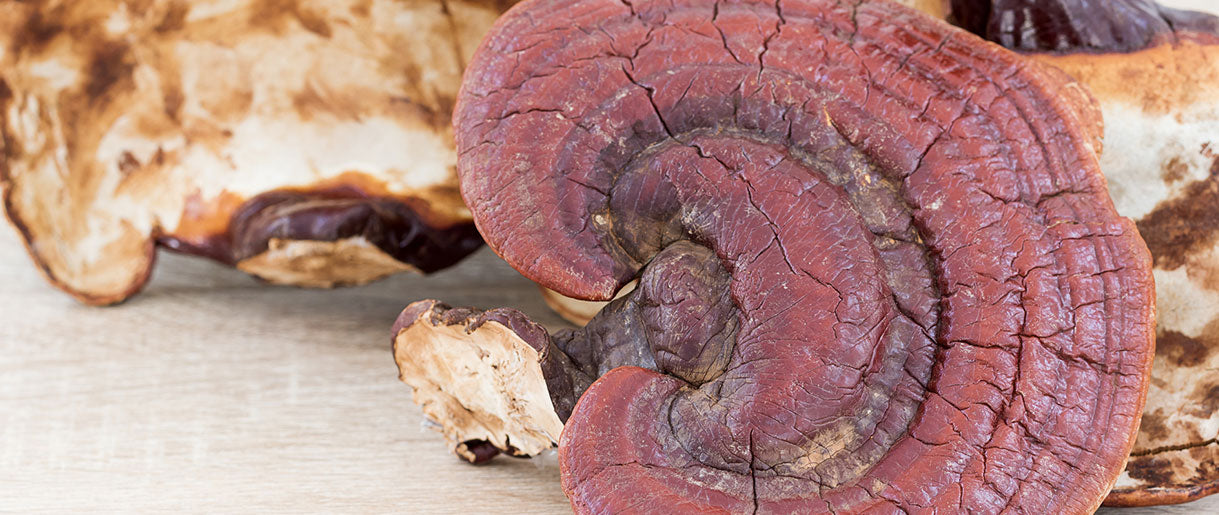
How long does mushroom take to grow? It depends on the species, the substrate, and whether you start with spawn, spores, or a kit.
Timeframe for Growing Mushrooms Inside
The best method for growing mushrooms inside is to use a mushroom grow kit. They offer substrates that can be used for growing right away after purchasing. You can avoid the most challenging steps of the growing process by using mushroom kits.
The procedure of growing mushrooms inside does call for the proper humidity levels, temperatures between 55 and 75 °F, and sufficient lighting. Punch a hole in the bag daily and spray the kit with water.
Timeframe for Growing Mushrooms Outdoors
To produce mushrooms, you must first sow their spores in the ground. The spores will subsequently develop into hyphae, which join together to form mycelium. Then, the mycelium will spread out like a plant's roots.
The mushroom head then develops, and the mushroom then changes into a hyphal knot. The next stage is when the mushroom becomes apparent and is almost ready to be harvested.
After a day, small, fresh mushrooms can reach full maturity. Bigger mushrooms can take up to three or four months to grow.
Factors That Affect Mushroom Growth Time

Here are some of the most prevalent factors affecting the growth cycle.
Species
How quickly a mushroom grows depends on its species. The time required to cultivate each of the most well-liked and easiest to grow mushroom species is listed below:
Lion’s mane mushroom
Lion’s mane mushrooms take 4 to 6 weeks if grown in bags and 1 to 2 years if grown on logs. When grown indoors or outdoors, the time required for the fruiting bodies to appear is 14-21 days. This nootropic mushroom(1) helps improve brain health, enhancing focus, mental clarity, and attention.
Reishi mushroom
Reishi mushroom takes 4-5 weeks to produce fruit bodies, whether it is grown indoors or outdoors. It takes 5 to 6 weeks for the mushroom to reach maturity. Reishi mushroom(2) is renowned for boosting the immune system, lowering cholesterols, and increasing stamina and strength.
Maitake mushroom
Unlike Reishi and Lion's mane, the growth time for Maitake mushrooms varies if it is grown indoors or outdoors. When cultivated outdoors, the mushroom takes about 8 to 10 months to produce fruiting bodies as opposed to 2 to 3 months when produced indoors. Full maturity is reached indoors in 3 to 4 months and outdoors in 10 to 12 months.
Maitake mushrooms(3) lower cholesterol while enhancing arterial function and general cardiovascular health. They also help maintain a healthy weight by boosting effective digestion, gut flora, and the immune system.
Chaga mushroom
Chaga(4) is a very slow-growing mushroom that takes up to 20 years to develop on a host tree fully. These mushrooms help fight cancer cells, boost the immune system, and make your skin look great.
Turkey tail mushroom
Turkey tails(5) can take 1-2 months to entirely fruit, depending on humidity and temperature. The mushroom has potent anticancer properties thanks to its abundance of polysaccharopeptides.
Cordyceps mushroom
Fruiting of Cordyceps can take anywhere from 4 to 6 weeks. The is a considerably long fruiting cycle for a fleshy mushroom. Cordyceps mushroom(6) helps improve stamina and libido and is a favorite among athletes.
Nutrients

Several nutrients are necessary for mushrooms to grow properly. They consist of nitrogen, starch, lignin, lipids, and sugar. Most of these nutrients are found in a compost consisting of straw and dung.
Substrate

How quickly the mushroom grows is significantly influenced by the substrate utilized. Every species will prefer a particular substrate. Mushrooms naturally grow more rapidly in soft or pelleted substrates. For instance, oyster mushrooms can be grown in these substrates in just 3 to 5 weeks:
- “Masters mix” (soybean hulls and sawdust)
- Straw
- Toilet paper
- Woodchips
- 100% corncob and sugarcane bagasse
In contrast, cultivating mushrooms on logs takes at least six months.
You must keep your substrate wet because fungi require water (mushrooms are 70 to 90% water). Also, sterilizing or pasteurizing your substrate before adding spawn will give the mycelium a better chance of surviving wild organisms.
Spore Vs. Spawn

Growing mushrooms is significantly simpler If you start with spawn rather than spores. The kind of mushrooms you're growing will determine how long it will take to produce them from spores versus spawn. However, the spawn will always grow more quickly.
The fact that offspring can be cloned is another benefit of spawn. As a result, you know the exact characteristics of the mushrooms you will receive from spawn. Mushroom spores, on the other hand, are genetically unique. Thus, it's more challenging to know what you'll get.
The bottom line is that spawn is preferable to spores if you want mushrooms to grow quickly.
Spawn Rate

The amount of mushroom spawn you add to your grow bags is known as the spawn rate. Usually expressed as a ratio to substrate volume, a higher spawn rate will result in faster mushroom growth.
For instance, you might have a bag that contains 90% substrate and 10% mushroom spawn. Your bags will colonize more quickly if you increase your spawn rate to 80% substrate and 20% spawn.
CO2 Level

The amount of CO2 in the air impacts the aerobic growth of mushrooms. CO2 is released as mushrooms develop, and any excess must be eliminated to prevent deformation.
Carbon dioxide monitoring is vital during pinning as the most crucial stage of the development cycle. For the normal growth of their fruit bodies, some mushrooms require CO2 values of 1200–1500 ppm.
Temperature & Air Quality

Mushrooms grow more quickly during their mycelium phase at higher temperatures. Therefore, no pinhead development will occur if the temperature is too low.
Because they contain up to 90% water, mushrooms require the correct humidity levels to prevent fungus damage. Lower levels of transpiration produce the highest growth rates—increased relative humidity results in less transpiration.
Every species varies only a little. Yet, most mushroom species grow best in the 80–90% humidity range.
How Can Mushrooms Grow More Quickly?

One of the quickest methods to cultivate mushrooms at home is with kits. Below are some of our best tips for speeding up the growth of your mushrooms.
1. Choose a fast-growing strain of mushroom: The summer oyster or pink oyster, for instance, are the fastest-growing ones.
2. Increase the spawn rate to 20%: As we already discussed, more spawn results in quicker growth throughout the incubation phase; there is also less chance of contamination.
3. Warmer environments are better for growing mushrooms: Incubate oyster mushrooms at 24 C (75 F) and fruit them around 20–30 C (68–86 F).
Is Growing Mushrooms at Home Cost-Effective?

It is simple and cost-effective to grow many mushrooms at home. These include wine cups, shiitake, and oyster mushrooms. The simplest to grow are oyster mushrooms because they may thrive on various substrates.
Buying a growing kit is the least expensive and easiest way to cultivate mushrooms. They include instructions, a suitable substrate for mushrooms, and a container.
Using kits to grow mushrooms is relatively risk-free. You simply need to mist them for a little while each day.
The primary benefit is that you can skip the incubation and inoculation phases. Unfortunately, this is where there is the most chance of contamination with your grow bag.
FAQs About How Long Does It Take To Grow Mushrooms?
Do Mushrooms Grow Faster In Light Or Dark?
Typically, mushrooms do not need light for their growth. However, the availability of light becomes essential when producing fruit.
What Is The Fastest Growing Mushroom?
The fastest-growing mushrooms you'll discover are pink oyster mushrooms. They are ready in just 13 to 15 days, from seed to harvest.
How Long Do Mushrooms Live For?
The life cycle of a mushroom varies between each species. It can range between 1 to 2 days and up to many years.
Key Takeaways
Now that we’ve told you how long does it take to grow mushrooms, grab your grow kit and fruit away. And get the benefits of these fantastic mushrooms right in the comfort of your home.
References
- Improvement of cognitive functions by oral intake of Hericium erinaceus, (1)https://pubmed.ncbi.nlm.nih.gov/31413233/
- Nutritional Profile and Health Benefits of Ganoderma lucidum "Lingzhi, Reishi, or Mannentake" as Functional Foods: Current Scenario and Future Perspectives, (2)https://pubmed.ncbi.nlm.nih.gov/35407117/
- Bioactive Ingredients and Medicinal Values of Grifola frondosa (Maitake), (3)https://www.ncbi.nlm.nih.gov/pmc/articles/PMC7824844/
- Chaga (Inonotus obliquus), a Future Potential Medicinal Fungus in Oncology? A Chemical Study and a Comparison of the Cytotoxicity Against Human Lung Adenocarcinoma Cells (A549) and Human Bronchial Epithelial Cells (BEAS-2B), (4)https://www.ncbi.nlm.nih.gov/pmc/articles/PMC6142110/
- The mycelium of the Trametes versicolor (Turkey tail) mushroom and its fermented substrate each show potent and complementary immune activating properties in vitro, (5)https://pubmed.ncbi.nlm.nih.gov/31791317/
- Cordycepin for Health and Wellbeing: A Potent Bioactive Metabolite of an Entomopathogenic Medicinal Fungus Cordyceps with Its Nutraceutical and Therapeutic Potential, (6)https://www.ncbi.nlm.nih.gov/pmc/articles/PMC7356751/



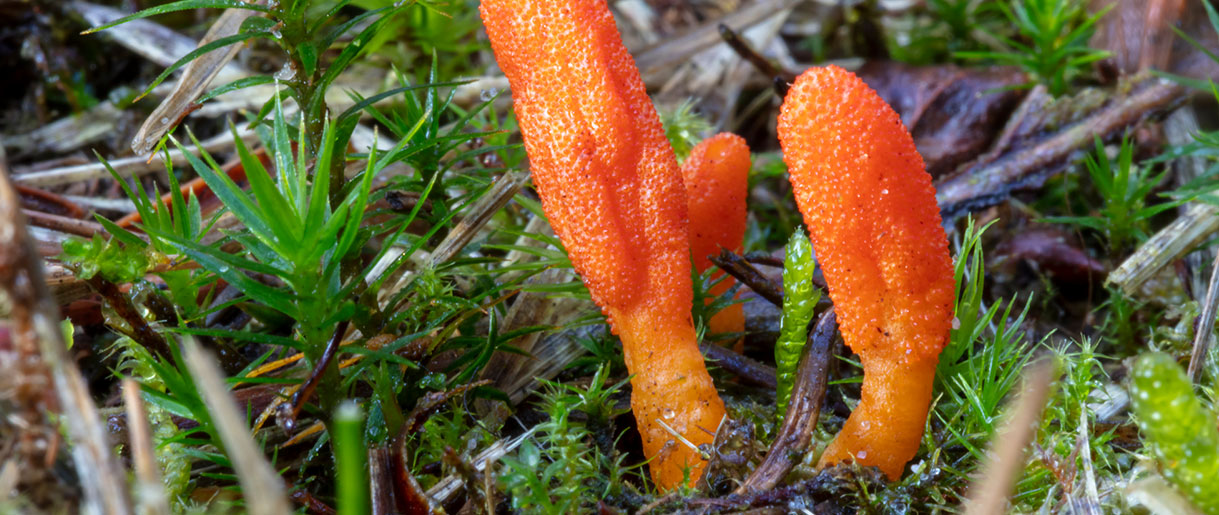

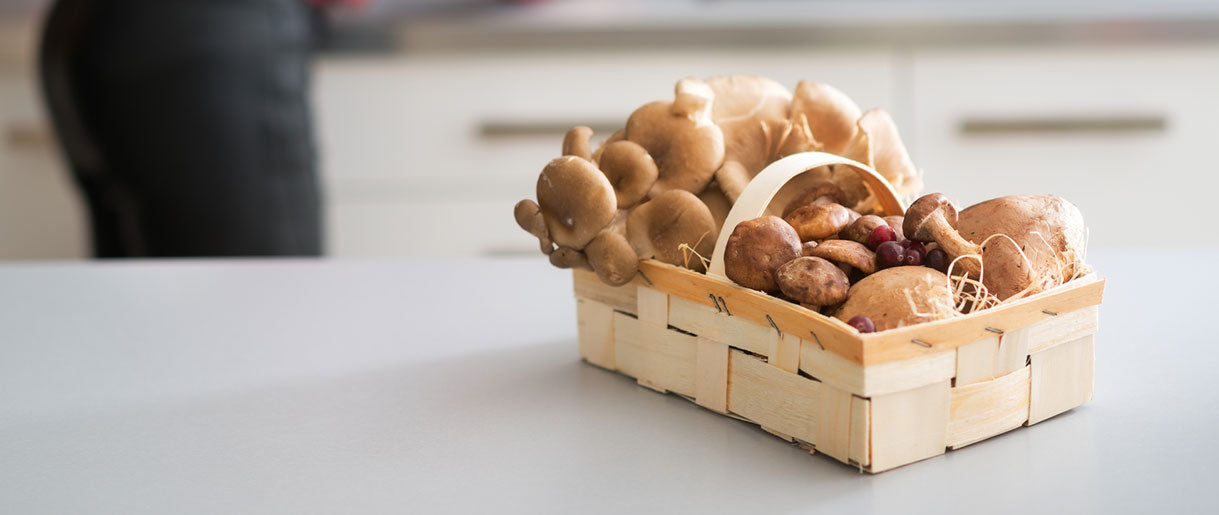
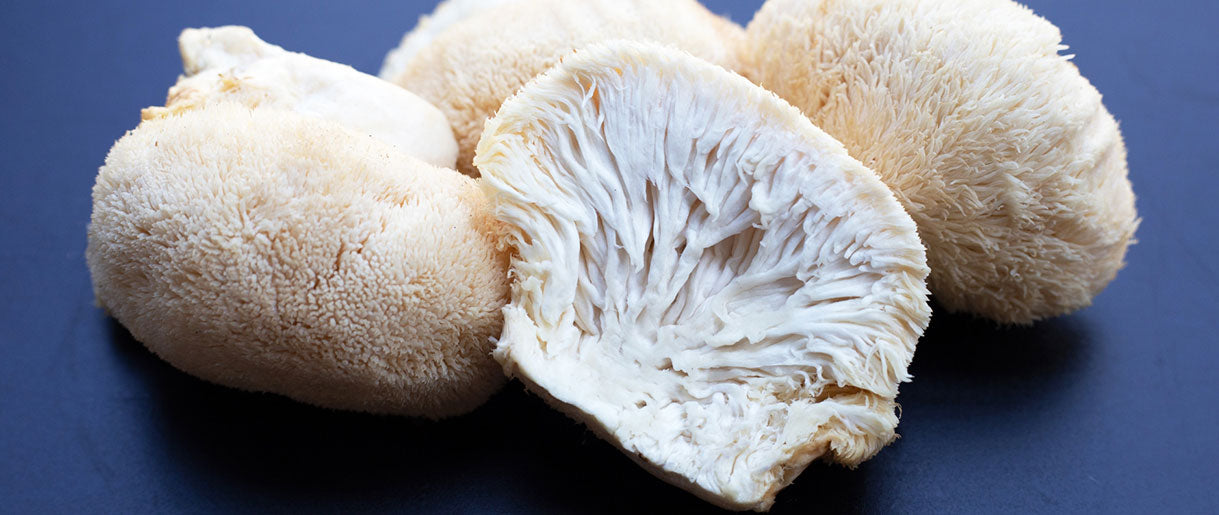
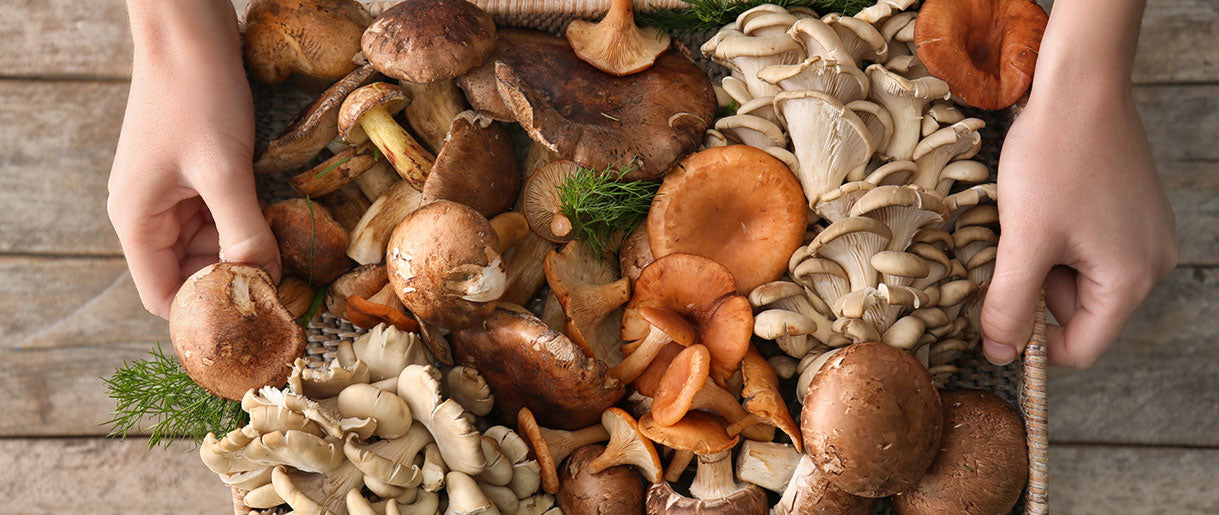
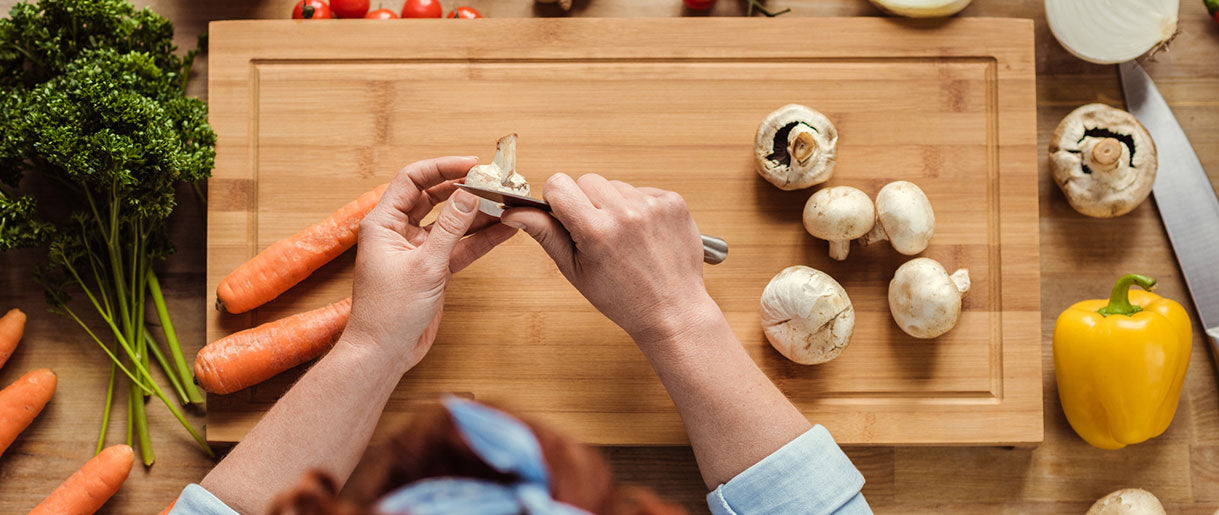
Let Us Know Your Comments